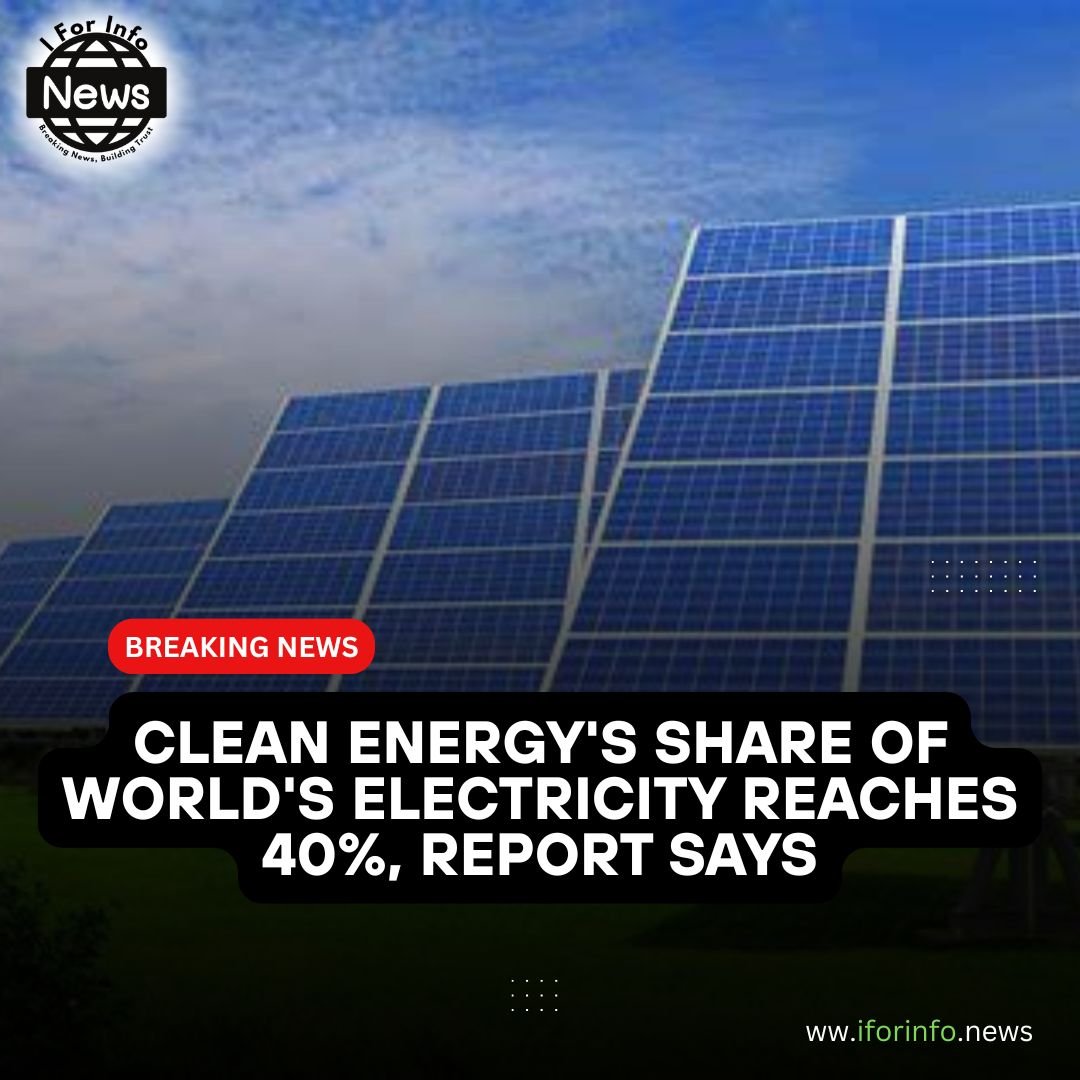More than 40% of the world’s electricity in 2024 was generated without the use of fossil fuels, according to a new report by global energy think tank Ember. Despite this progress, carbon dioxide emissions—one of the main drivers of climate change—reached an all-time high, the report states. The rise was largely attributed to increased power demand driven by hotter-than-usual weather, which led to greater reliance on fossil fuel-based power generation.
Solar energy maintained its position as the world’s fastest-growing power source, with its electricity output doubling over the past three years.
“Solar power has become the driving force of the global energy transition,” said Ember Managing Director Phil Macdonald. “Amid all the noise, the key takeaway is clear. The rise in fossil fuel use in 2024 was driven by extreme heat, but a similar spike is unlikely in 2025.”
Meanwhile, a separate report by the European Copernicus Climate Service revealed that March 2025 was the second hottest March on record, continuing a pattern of record-breaking global temperatures.
Ember, which has long forecasted a decline in carbon emissions, noted that growing global energy demand has so far prevented that turning point from being reached.
SOLAR POWER bOOM:
Affordable and easy to install, solar power has remained the fastest-growing source of electricity for the 20th consecutive year. According to energy think tank Ember, global solar power generation has doubled every three years since 2012.
China continues to lead the global expansion of solar energy, accounting for over half of the worldwide growth. Meanwhile, India’s solar capacity saw a significant surge, doubling between 2023 and 2024.
Despite its rapid growth, solar still makes up a relatively small share of the global energy mix, providing just under 7% of global electricity—roughly equivalent to powering the entire population of India.
Wind energy contributes slightly more at just over 8%, while hydropower remains the largest source of clean electricity, supplying 14% of global power. However, both hydroelectric and nuclear energy (which accounts for 9%) are expanding at a much slower pace compared to wind and solar.
PAST:
According to Ember’s latest report, clean energy sources accounted for over 40% of global electricity generation in 2024—the highest share since the 1940s. At that time, electricity demand was much lower and hydropower played a dominant role.
Despite this milestone, the report highlights a key challenge: the growth in global electricity demand continues to outstrip the expansion of renewable energy. As a result, although clean energy now generates 40.9% of global electricity, overall greenhouse gas emissions have not yet begun to decline.
In 2024, global electricity demand rose by 4%, driven in part by increased air conditioning use during an especially hot year. This surge led to a 1.4% increase in electricity generation from fossil fuels, primarily coal (34%) and natural gas (22%). Consequently, global carbon dioxide (CO₂) emissions reached a record high of 14.6 billion tonnes.
Over the past five years, rapidly developing economies in Asia—particularly India and China—have continued to expand fossil fuel use to keep up with their growing energy needs.




